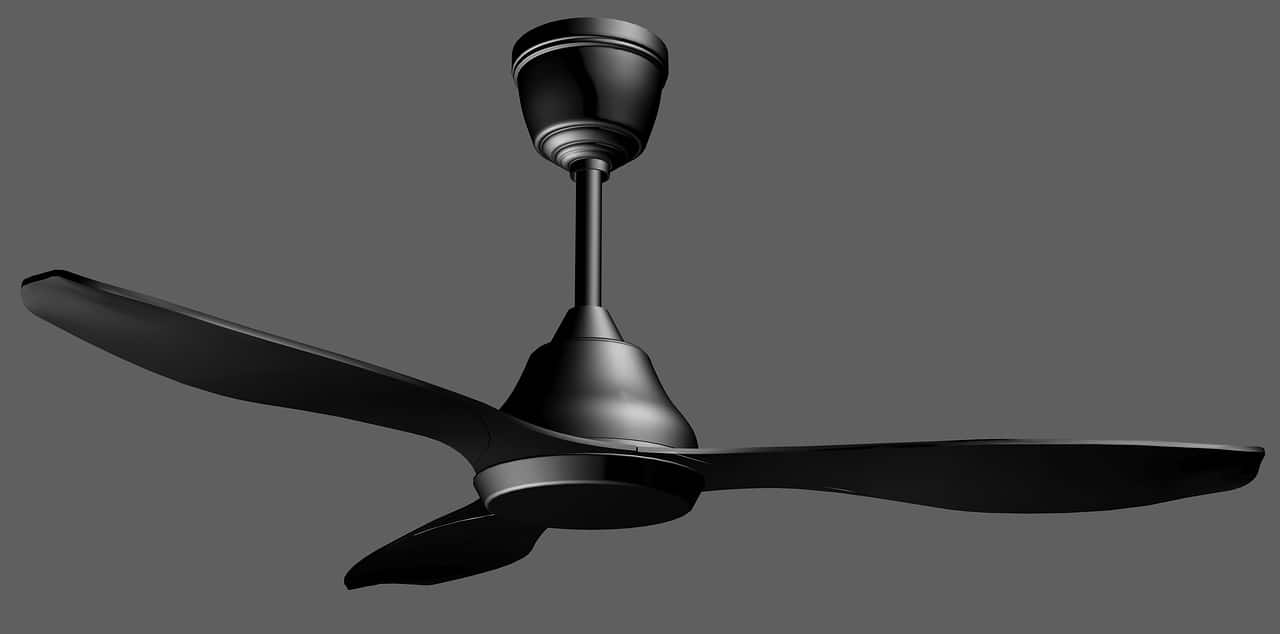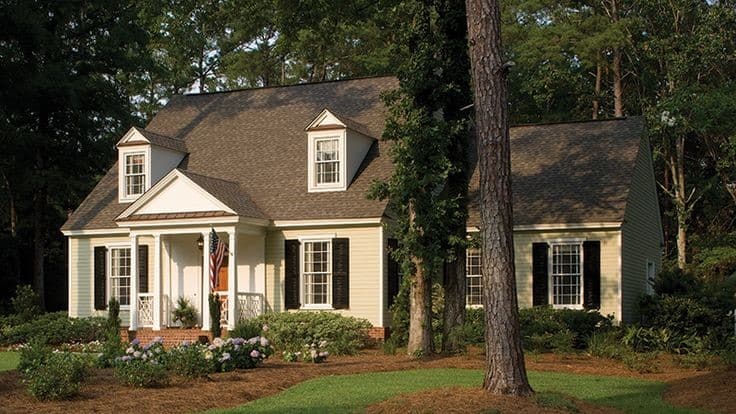What to Know When Choosing a Ceiling Fan
Ceiling fans have so many benefits for climate control in the home, that it’s hard to imagine living in a home without ceiling fans. The cool breeze from a ceiling fan can be a lifesaver in hot climates, and even in climates with cold winters, ceiling fans can be useful for circulating warm air back down into the room as it rises toward the ceiling.
Are you looking for new ceiling fans for your home? There’s a lot to consider when it comes to choosing the right fans. Perhaps most importantly, you need to get the sizing of your new fan right. Fans should be sized appropriately for the square footage of the room.
You will need to choose a fan that’s rated for the level of moisture it will encounter in the room or outdoor area where it will hang. You’ll also need to consider the height at which you’ll need to hang the fan and the pitch of the ceiling it’ll be hanging from. Of course, you should also know your options when it comes to features and fan designs so you can buy something that looks great in your home and gives you the functionality you need.
How to Pick the Right Size Fan
In order to choose the right size fan, you need to know the square footage of your room. For a square or rectangular room, you can find the square footage by measuring the width and the length of the room and multiplying those two numbers by each other.
If your room is not rectangular or square but is an odd shape, you will need to calculate the square footage by dividing it into smaller shapes. Use the appropriate mathematical calculations to find the square footage of triangles, circles, and semicircles.
Once you have calculated the correct square footage of your room, you can choose a fan according to these guidelines:
- In rooms smaller than 75 square feet, fan size maxes out at 36 inches.
- In rooms 75 to 150 square feet, fan size should be between 36 and 42 inches.
- In rooms 150 to 225 square feet, fan size should be between 44 and 50 inches.
- In rooms 225 to 400 square feet, fan size should be between 50 and 54 inches.
- In rooms bigger than 400 square feet, fan size should be 60 inches or larger.
If you are shopping for Hunter Fan rustic ceiling fans for a large room over 400 square feet, it might be a better idea to hang two or three fans spaced around the room rather than just one very big fan. Multiple fans will create better airflow and can give you the option to circulate air in just one part of the room.
When to Choose a Damp- or Wet-Rated Fan
Ceiling fans are typically rated for dry, damp, and wet areas. You can also buy wet-rated fans that are designed for use in coastal areas and on boats, where salty sea breezes can be extra corrosive. Make sure you’re getting a fan with the right moisture rating for the area where you’ll install it.
If you’re putting in a fan outside, you should buy a wet-rated outdoor fan even if the area is covered. Outdoor spaces are too exposed to the elements for indoor fans. Your fan will deteriorate quickly from exposure to moisture if it is not properly constructed to be waterproof. 
If you’re hanging your new fan indoors, but in a room with plumbing, you should choose a damp-rated fan. Kitchens and especially bathrooms get pretty humid, so a dry-rated fan could fall apart fast if hung in one of these areas. Dry-rated, indoor fans should be used only in areas like the living room or bedroom, where they won’t come into contact with water, steam, or humidity.
Get What You Need to Hang the Fan Properly
How high are your ceilings? If they’re higher than nine feet, you’ll need a downrod extension to go with your new fan so you can hang it eight feet off the floor as recommended. If your ceilings are lower than nine feet, you should buy a flush mount fan that doesn’t have a downrod.
If you’re hanging a fan from a steeply pitched ceiling, buy an angle mount fan. In addition to being at least seven but preferably eight feet off the floor, your fan blades should be 18 inches from the nearest wall and there should be eight inches of clearance between the top of the blades and the ceiling.
Know What Your Options Are in Terms of Features and Design
Fans these days come in such a wide range of designs that it makes sense to shop around for something you really like. You can buy coastal, traditional, contemporary, industrial, ultramodern, and other styles. Maybe you like the look of a nine-blade windmill fan, or maybe you’d prefer a sleek, ultramodern fan with just one blade.
You can also get lots of features on a modern ceiling fan. Dimmable lights, wireless wall controls, smart connectivity, and remote controls are all available. You can even buy fans with quieter, more robust direct current motors. No matter what you want in a ceiling fan, finding the right one should be just a matter of shopping around.
Before you go shopping for a ceiling fan, make sure you know exactly what you need. Take your time when choosing a ceiling fan – it’s going to be a permanent part of your house, so you want to make sure you love it.






